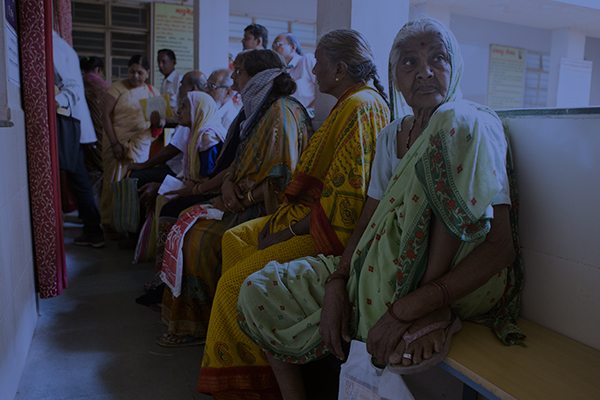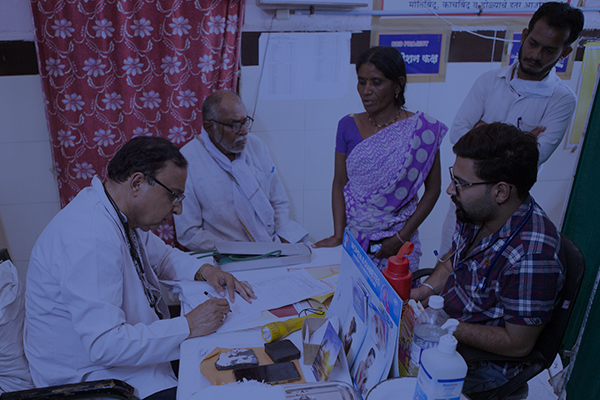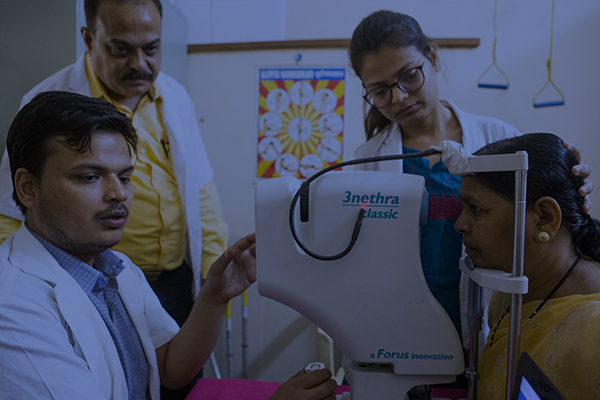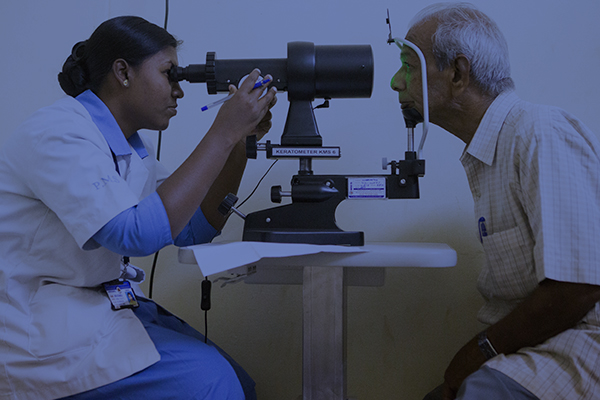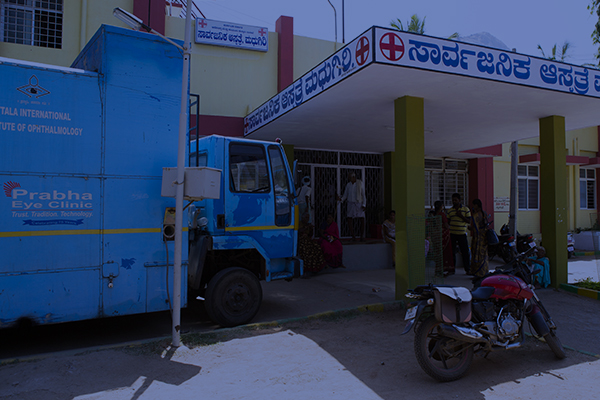The Need
Diabetes is rapidly becoming a global epidemic. In India there are estimated to be 65 million people with diabetes, which is projected to increase to 134 million by 2045.

Map of India showing the proportion of adults who have diabetes
Diabetic Retinopathy is a common complication of diabetes and is a leading cause of visual impairment and blindness worldwide; it will affect 3.2 million by 2020. Visual loss from Diabetic Retinopathy can affect adults of working age, leading to lost economic productivity. Approximately one in five people living with diabetes in India has some degree of DR (13 million in India) and one in ten (6.5 million) has the vision-threatening form of DR.
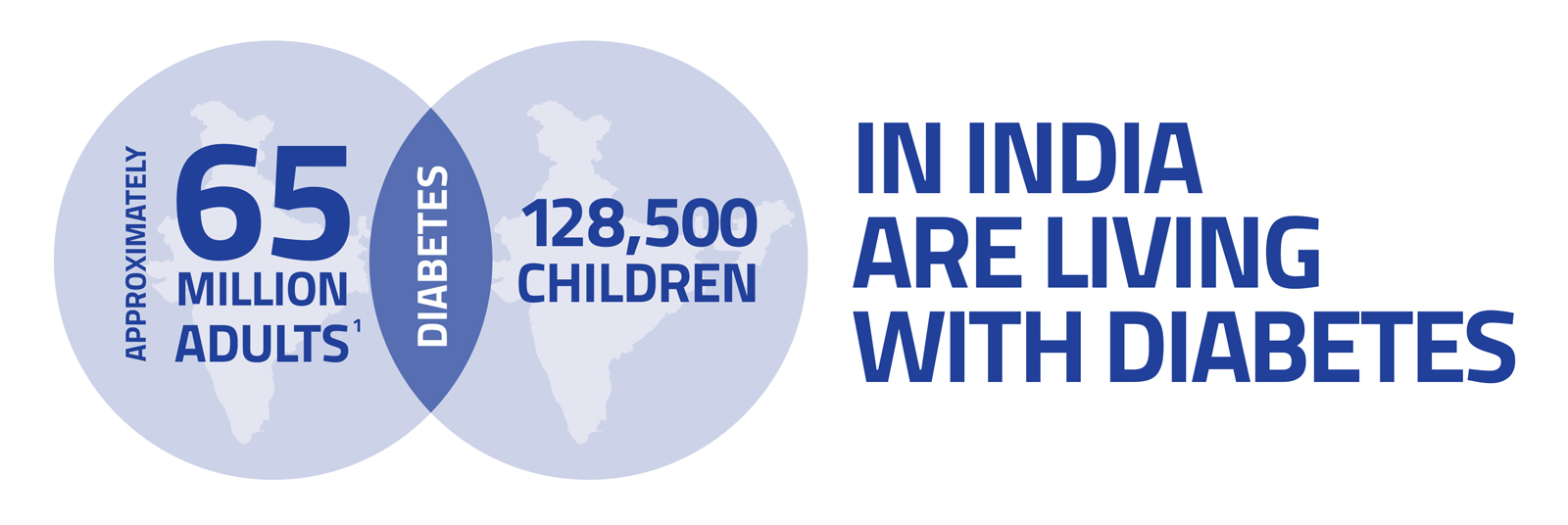
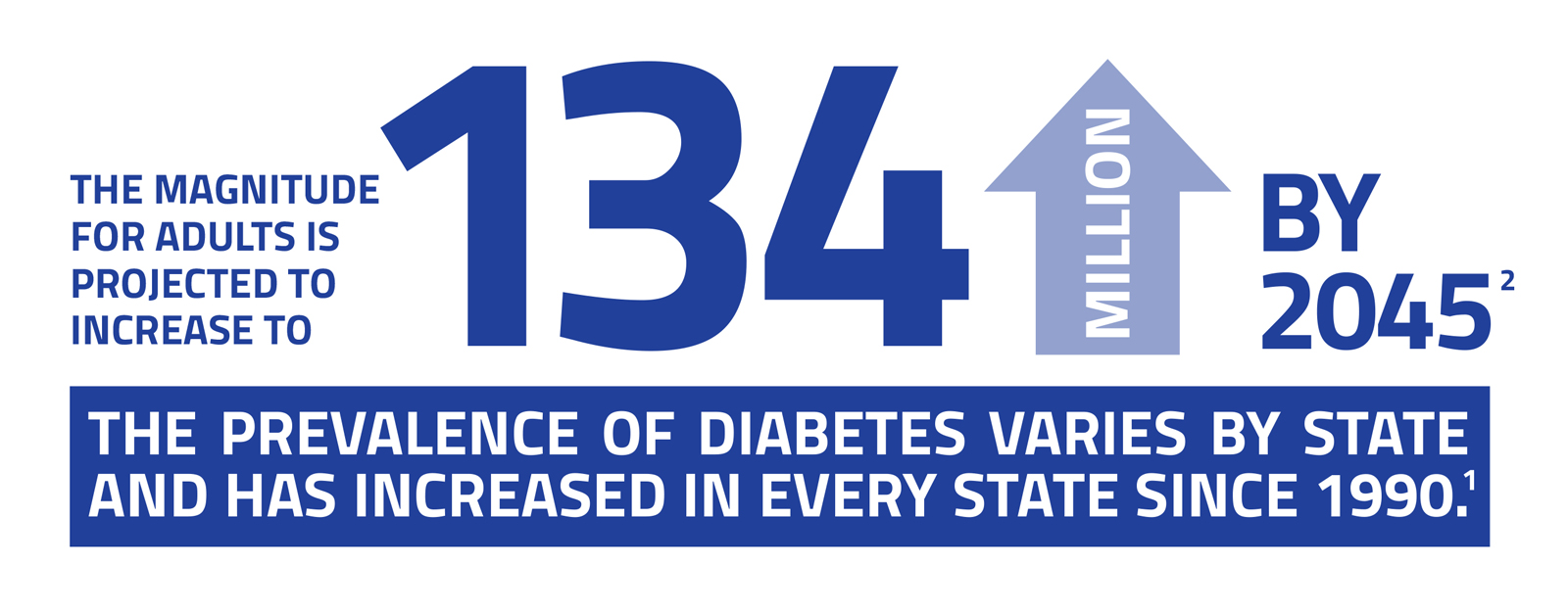
- India State-Level Disease Burden Initiative Diabetes Collaborators. The increasing burden of diabetes and variations among the states of India: the Global Burden of Disease Study 1990-2016. Lancet Glob Health. 2018 Sep 11. pii: S2214-109X(18)30387-5. doi: 10.1016/S2214-109X(18)30387-5.
- International Diabetes Federation. India country report. Diabetes Atlas Eighth edition 2017. http://diabetesatlas.org/resources/2017-atlas.html
A study in 11 major cities across India identified major gaps in the awareness, knowledge and skills of physicians and eye care providers in relation to Diabetic Retinopathy, and lack of awareness amongst people with diabetes of the risk to their sight from Diabetic Retinopathy.
The Project in India
The aim of the programme is to develop and integrate services for the prevention, early detection and management of Diabetic Retinopathy into government health systems. The project is being implemented in 53 facilities in 10 States in India, with 24 partners.
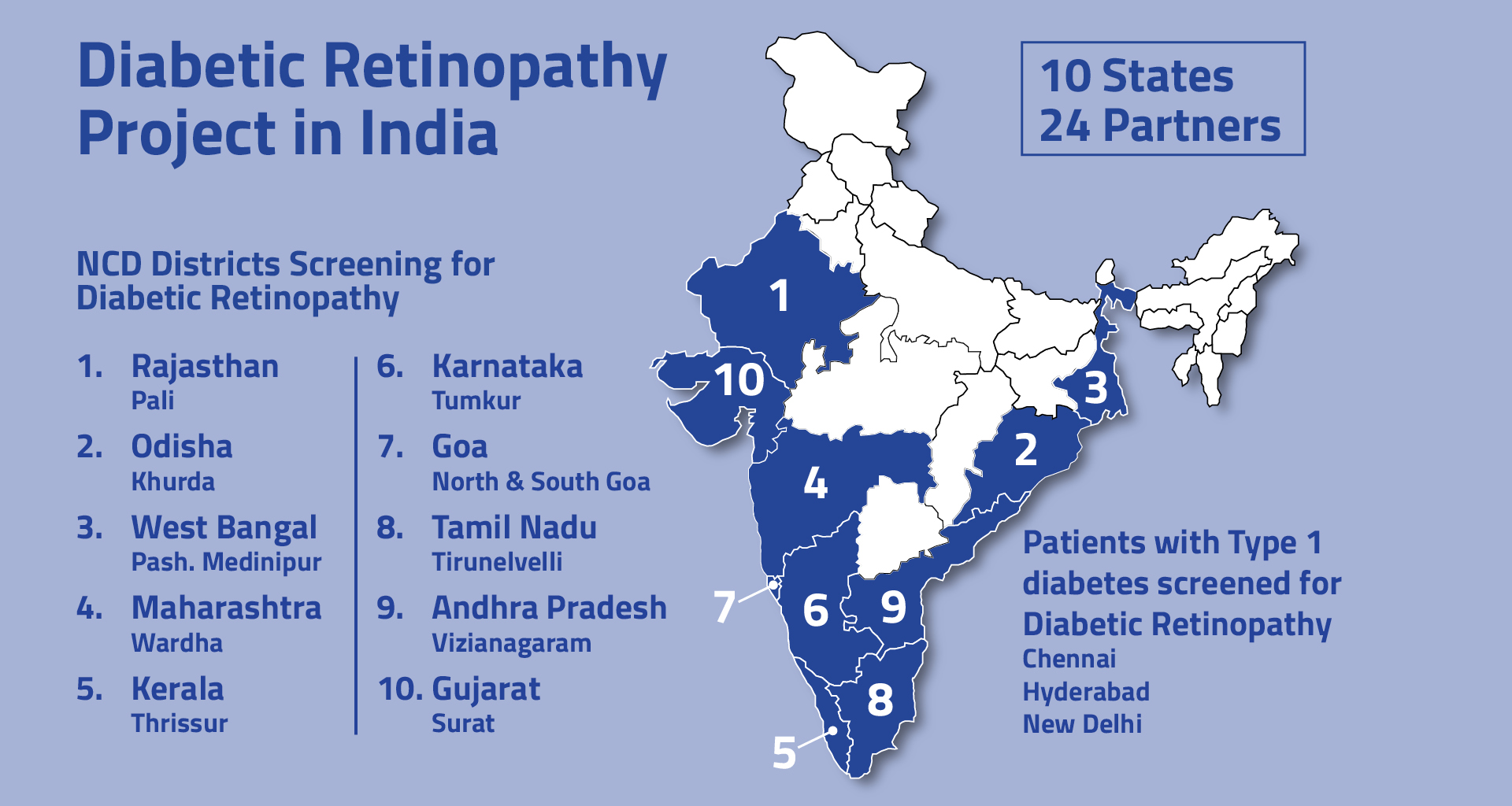
Map of India showing the location of districts where The Trust’s Diabetic Retinopathy project is being implemented
Different models for the detection and management of Diabetic Retinopathy have been developed by partners in each State. Government staff in Primary Health Centres and Community Health Centres have been equipped and trained to screen for Diabetic Retinopathy. Government ophthalmologists in District Hospitals and Medical Colleges have been trained and equipped to diagnose and management Diabetic Retinopathy. Dedicated software has been developed to monitor screening and treatment. Health education materials for patients, physicians and health workers have also been provided.
A Certificate Course for Diabetic Retinopathy on the optimal management of diabetes and the need for yearly Diabetic Retinopathy screening has been developed for physicians. Peer Support Groups have been established for people with Type 1 and Type 2 diabetes to support them in managing their diabetes and to encourage yearly eye examination.
Implementation is being reviewed by the National Task Force.
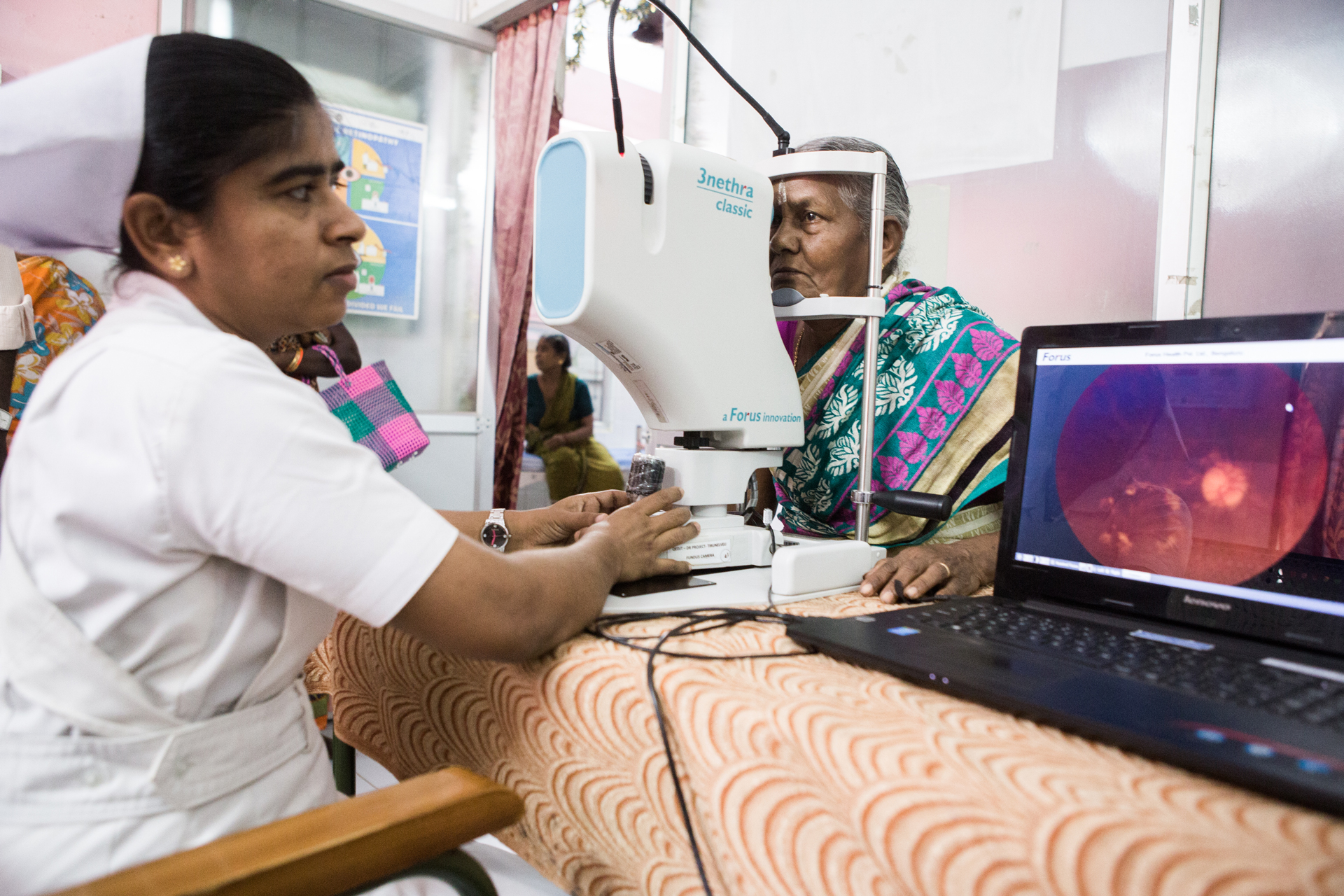
Screening for Diabetic Retinopathy using a retinal camera in a Community Health Centre
Number Receiving Services
Since the start of the programme, almost 65,000 people with diabetes have been screened, and 5000 have been treated for Diabetic Retinopathy.
Scaling Up
Several States have taken steps to scale up services to other districts, while some new States have shown commitment to start programmes.
By the end of 2018, the number of districts delivering services has increased from 10 districts in 10 States to 41 Districts in 11 States.
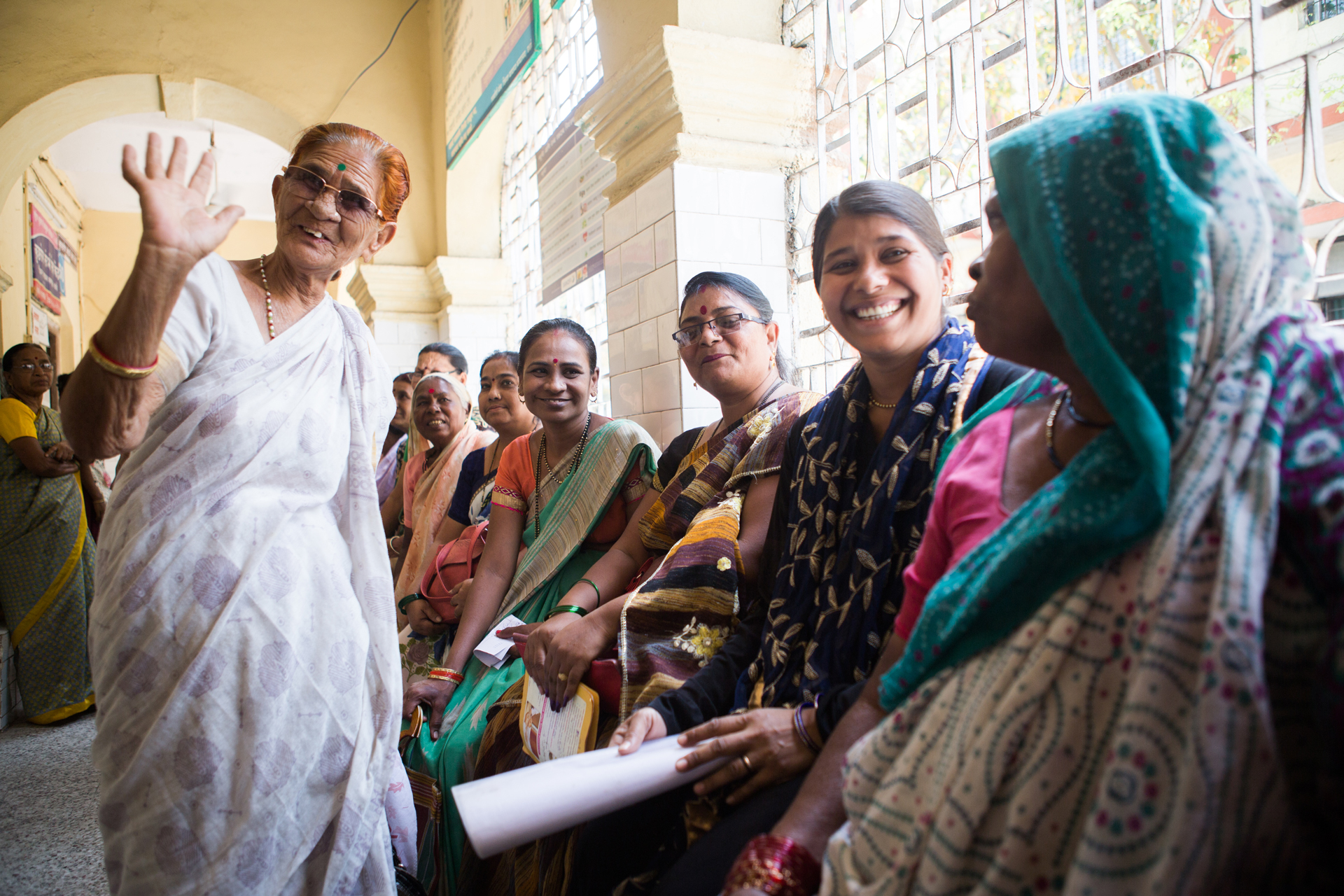
The DR screening programme has had huge outreach in local communities
Key Lessons Learnt
- Active engagement of National and State Ministries of Health, and District Health Societies through advocacy is essential for implementation, coordination, sustainability and scaling up of services, but can take time
- The National Task Force provides a mechanism for coordination between national programmes for the control of blindness (NPCB) and non-communicable diseases (NPCDCS)
- A health education strategy is required at different stages of the programme, for different audiences using appropriate media
- Integrating screening for Diabetic Retinopathy into the health system at primary level is challenging in locations where the programme for non-communicable diseases is weak due to lack of human resources and inadequate registers of people with diabetes who need to be screened
- Mechanisms to monitor screening and the uptake of referrals is challenging to implement and maintain




